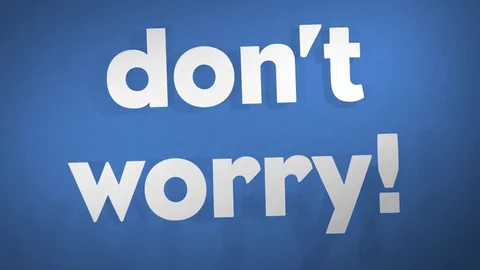Big changes are coming to YouTube’s monetization rules — and they’re aimed squarely at AI-generated content.
Starting July 15, YouTube will update its monetization guidelines to be clearer about what kinds of videos can make money — and what can’t. The focus is on mass-produced, repetitive, or low-effort videos, especially the kind that are increasingly made using AI tools.
What’s Actually Changing?
To be clear, this isn’t an entirely new policy. YouTube has always asked creators to post content that’s original and authentic. What’s changing is the way they’re defining that in today’s world of fast-moving AI tech.
A new page on YouTube’s Help site says the upcoming update is meant to clarify what “inauthentic” content looks like now. That means videos made with little to no effort — things like:
- Recycled clips with AI voiceovers
- Slideshows or image stacks narrated by bots
- Spammy, repetitive uploads created in bulk
YouTube wants to make it easier for creators to understand what crosses the line.
Don’t Worry: Reaction and Clip Videos Are Safe

Some creators were nervous when the update was first announced. Would reaction videos or clip compilations lose monetization?
According to Rene Ritchie, YouTube’s Head of Creator Liaison, the answer is no. In a recent update video, he called the change a “minor update” and reassured creators that videos with commentary, editing, or original input are still safe.
“This isn’t a big shift — it’s about better defining what spammy or mass-produced content looks like,” Ritchie said.
So, if you’re reacting to something, adding your thoughts, or creating something fresh — you’re good.
Why Is YouTube Doing This Now?
The truth is, AI-generated content is flooding YouTube — and not all of it is good.
It’s now easier than ever to use AI tools to churn out hundreds of low-effort videos. Some of them mimic news, others use fake voices, and a few even spread misinformation.
A few examples:
- Fake news videos about events like the Diddy trial
- AI-generated true crime series that fooled viewers
- Music channels filled with bot-created tracks
- Deepfakes using the likeness of YouTube’s own CEO, Neal Mohan, in scams
This wave of so-called “AI slop” doesn’t just annoy viewers — it could hurt YouTube’s reputation with advertisers, too.
What Kind of Content Will Be Affected?
The update is targeting content that feels mass-produced and empty. That includes:
- Videos with no real human involvement
- Recycled clips with little or no changes
- AI-generated media that’s low-effort or misleading
On the flip side, you’ll still be able to use AI tools if you’re putting in real work — like writing scripts, editing visuals, or adding personality and context.
In short: use AI to help create, not to fully automate.
What This Means for Creators

If you’re a creator, here’s what to keep in mind:
Still allowed and monetizable:
- Commentary videos
- AI-assisted content with originality
- Educational or news videos with analysis
- Clips with creative editing or voiceover
At risk of demonetization:
- Low-effort voiceover + slideshow combos
- AI spam channels
- Mass-uploaded content that adds no value
- Fully AI-generated deepfakes
Final Thoughts
This move from YouTube isn’t about punishing creators. It’s about preserving quality, protecting viewers, and staying ahead of the fast-growing flood of AI-generated noise.
So if you’re creating content with thought, creativity, and effort — keep going. YouTube still wants and supports that. But if you’re leaning on shortcuts or AI-made filler, it may be time to rethink your strategy.
